It’s hard to believe that the scenic and peaceful Chiran, sited in Minamikyushu in Kagoshima Prefecture, played a significant role during the last months of World War II. In this small town there was an airbase which served as a departure point for thousands of pilots that belonged to a unit called Special Attack. They were named Kamikaze which can be translated from Japanese as “divine wind” or “spirit wind”.
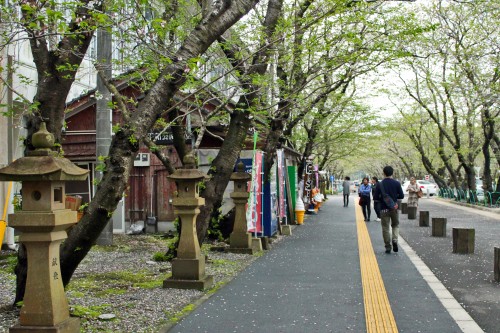
In the crucial time of Okinawa Battle, Kamikaze aviators were attempting suicide attacks against Allied naval vessels. They were mostly young boys and men, forced by the Empire of Japan to sacrifice their life. There was a strong tradition in military culture that death instead of defeat or capture was perceived as a honor. These were the values directly taken from samurai life and Bushido code. Japanese army implemented these morals and they became a base of military code.
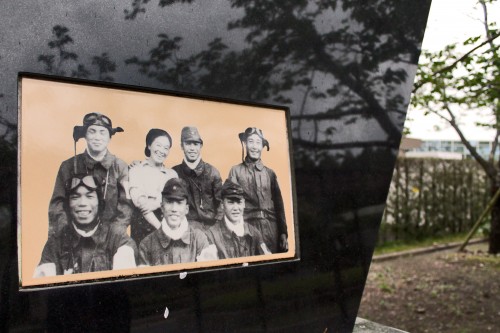
Thousands of Kamikaze pilots died leaving letters and personal memoir the day before their final take off. To commemorate their lives and document patriotic contribution towards peace, Chiran’s inhabitants built Peace Museum which, in my humble opinion, is one of the places everyone should go to.
The road which leads to the museum is decorated from both sides by cherry trees that bloom beautifully at the beginning of April. Underneath their branches there are stone lanterns which symbolize a death of each single pilot. There are hundreds of them scattered around the area of museum’s park. The sight of them gives you an idea how many innocent Kamikaze pilots died.
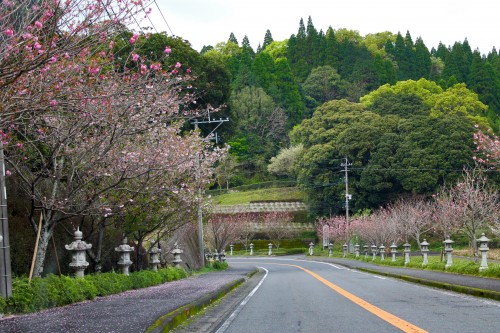
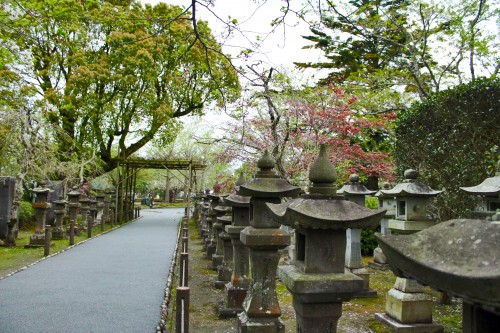
Before you enter the museum, it’s worth taking a stroll in the park where you’ll see a wooden temple devoted to The Goddess of Mercy. It’s an important place as the names of young aviators who died in Kamikaze attacks are written on the scroll and enshrined there. Close to the temple and hidden among trees there’s a replica of a house where the Kamikaze pilots where spending their last night. Walking further away you’ll see planes that were used in a Kamikaze invasion, a reminder of the atrocities of a war despite being covered in dirt and moss.
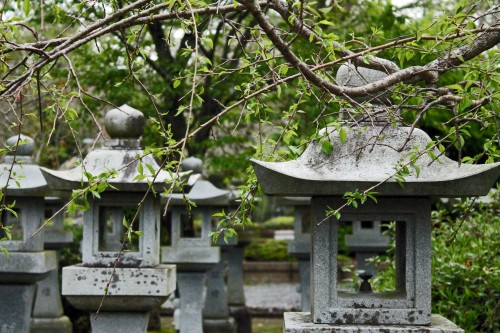
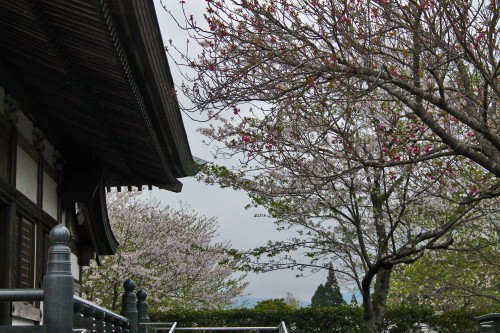
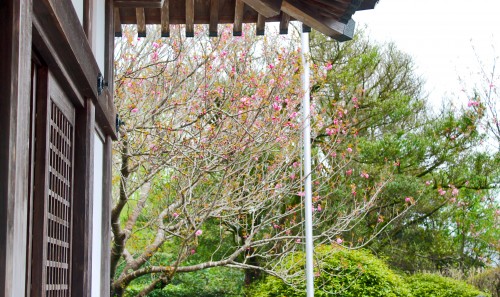
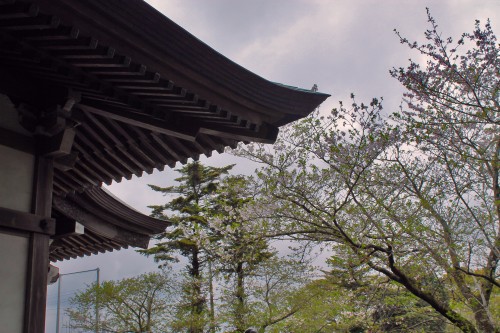
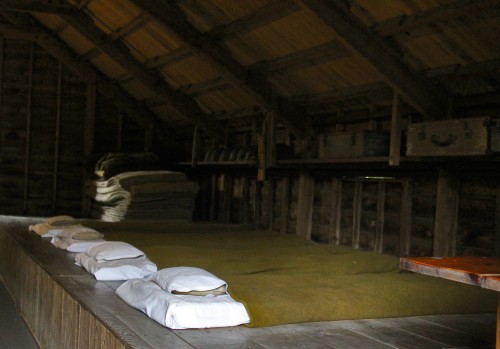
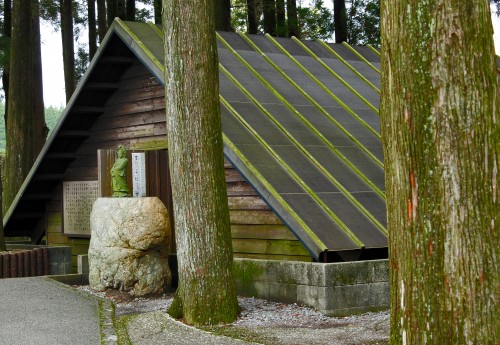
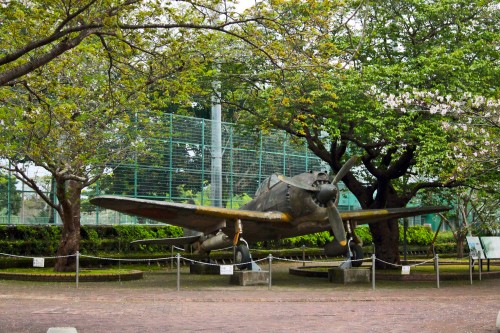
The museum exhibition contains letters, poems, essays and other artifacts. Its main feature is a photo display wall showing the photographs of over thousands of pilots who died in the Okinawa Battle. They are arranged in the order of the young men who lost their lives. There’s even a piano on which two of the pilots played the Moonlight Sonata the night before their final mission.
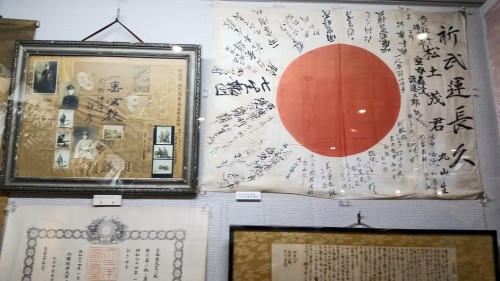
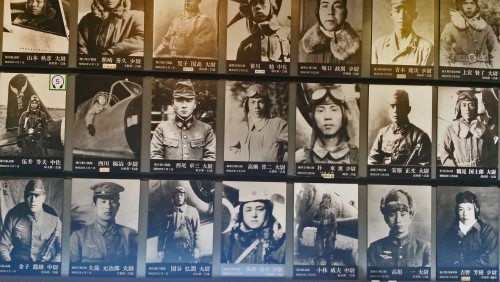
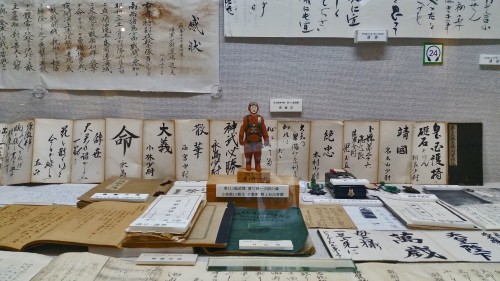
If you want to engage yourself more in understanding the whole exhibition, it’s worth asking for English audio book as there is little English explanation. Not being able to read and understand Japanese language will not allow you to enjoy the exhibitions in the museum. Thus renting audio book is a must.
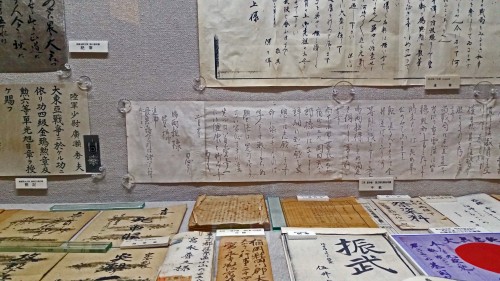
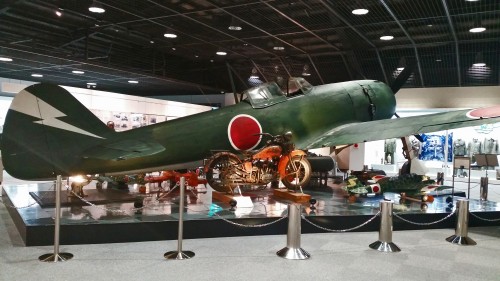
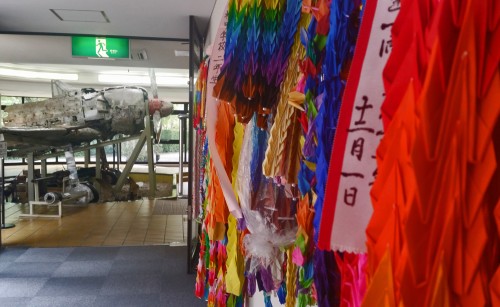
The Peace Museum lives up to it’s name where you can truly feel and see its dedication to peace, a reminding and warning to never take the path towards war once again.
Useful links and information:
You’ll find all of the necessary information on the museum website.
[cft format=0]
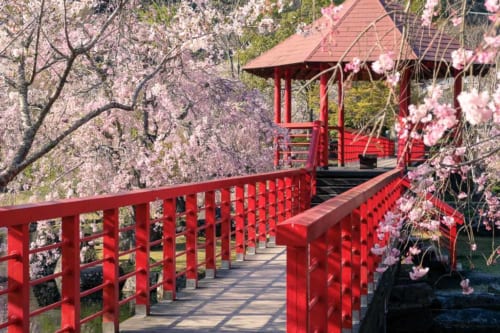
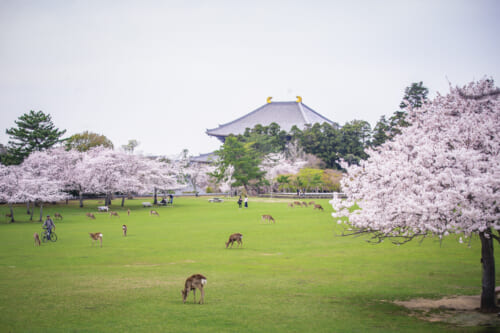

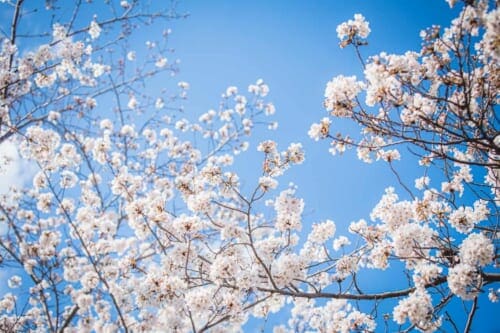

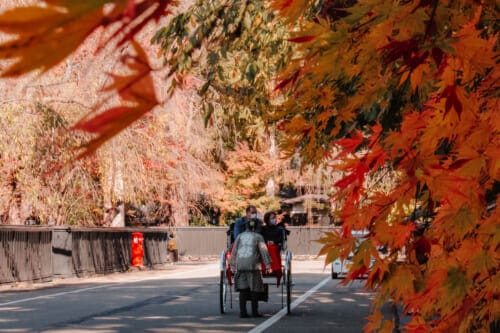
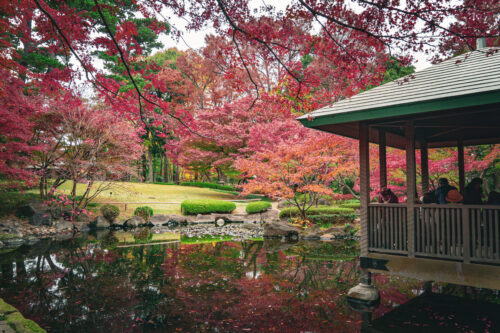
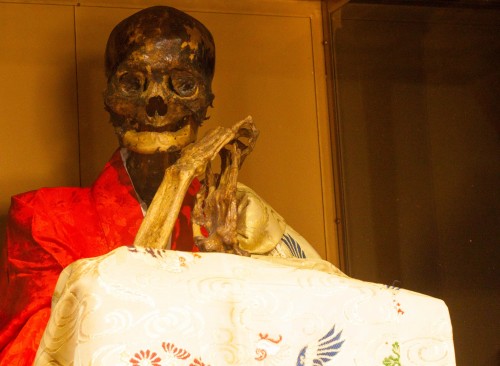
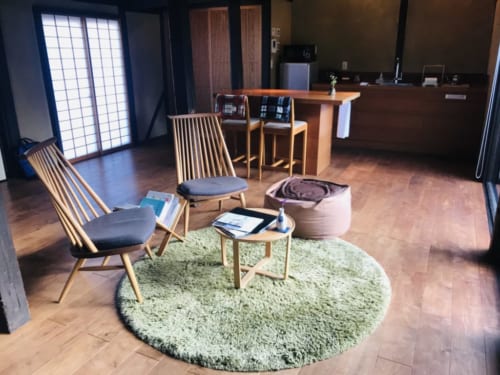
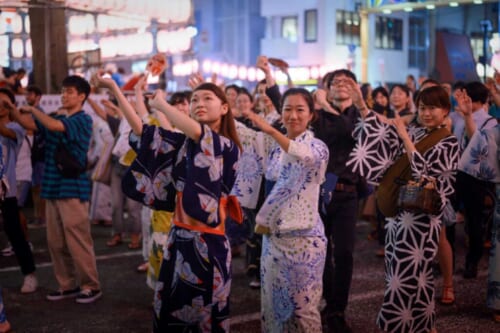


No Comments yet!